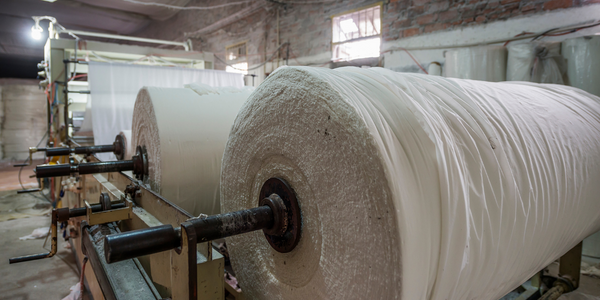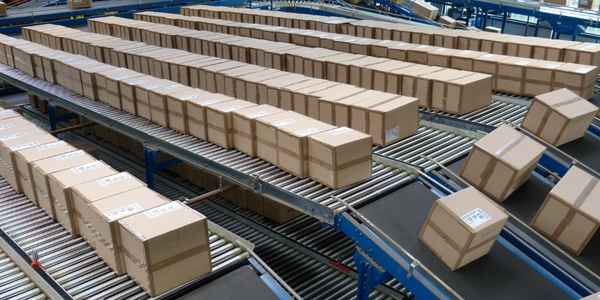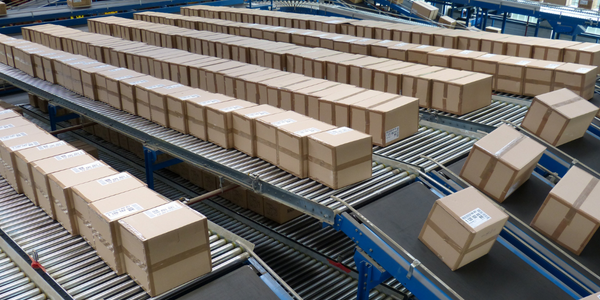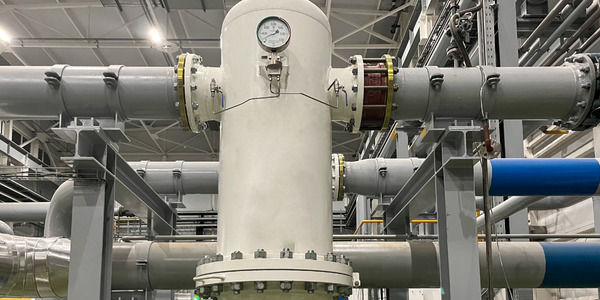Technology Category
- Infrastructure as a Service (IaaS) - Backup & Recovery
- Sensors - Utility Meters
Applicable Industries
- Packaging
- Paper & Pulp
Applicable Functions
- Facility Management
- Maintenance
Use Cases
- Onsite Human Safety Management
- Structural Health Monitoring
About The Customer
International Paper is a global leader in the production of fiber-based packaging and pulp. The company operates 28 pulp, paper, and packaging mills, 200 converting and packaging plants, and 18 recycling plants, serving over 25,000 customers across 150 countries. The Wilmington facility in North Carolina, located on the south-eastern coast, is one of their key production sites. The plant employs nearly 600 people and produces 2,200 tons of fluff pulp daily, a fiber used in essential products like baby diapers, feminine care products, and medical devices. Ensuring the safety of its employees and maintaining continuous operations, especially during severe weather events, is a top priority for the company.
The Challenge
International Paper, a leading producer of fiber-based packaging and pulp, operates a facility in Wilmington, North Carolina, a region frequently threatened by hurricanes and tropical storms. These severe weather events pose significant risks to business operations and employee safety. The Wilmington plant, which employs close to 600 people and produces 2,200 tons of fluff pulp daily, has experienced disruptions due to storms like Hurricane Michael and Hurricane Florence. Accurate and timely weather forecasting is critical for the company to ensure logistics planning and personnel safety. Prior to implementing a solution, International Paper relied on reports from power companies and general media, which often lacked the necessary details for making informed operational decisions.
The Solution
International Paper partnered with StormGeo, a provider of weather insights, to gain access to 24/7 meteorological services and site-specific forecasts. StormGeo's services cover all types of weather parameters, including tropical storms and hurricane monitoring, tracking, and impact analysis. This comprehensive and site-specific forecasting, coupled with continuous support, guides International Paper through the complexities of preparing for severe weather events. For instance, during Hurricane Florence in 2018, StormGeo's forecasts helped International Paper make informed decisions about shutting down the facility, evacuating employees, and preparing for the aftermath. The company also used StormGeo's wind profiles to determine the most dangerous times for the onsite crew to be inside the plant and rainfall projections to retain resources for transportation and food prior to the hurricane impact.
Operational Impact
Quantitative Benefit

Case Study missing?
Start adding your own!
Register with your work email and create a new case study profile for your business.
Related Case Studies.

Case Study
Wireless Improves Efficiency in Compressed Air Systems
Hollingsworth and Vose wanted to improve the efficiency of their compressed air system, lower the electricity expense component of manufacturing cost in their commodity industry, and conserve energy leading to lowered greenhouse gas emissions. Compressed air systems degrade over time and become leaky and inefficient. Hollingsworth and Vose wanted to increase the frequency of system inspections without paying the high cost of manual labor.

Case Study
IoT Data Analytics Case Study - Packaging Films Manufacturer
The company manufactures packaging films on made to order or configure to order basis. Every order has a different set of requirements from the product characteristics perspective and hence requires machine’s settings to be adjusted accordingly. If the film quality does not meet the required standards, the degraded quality impacts customer delivery causes customer dissatisfaction and results in lower margins. The biggest challenge was to identify the real root cause and devise a remedy for that.

Case Study
Zenon the Ideal Basis for An Ergonomic HMI
KHS develops and produces machines and equipment for filling and packaging in the drinks industry. Because drinks manufacturing, filling and packaging consist of a number of highly complex processes, the user-friendly and intuitive operation of equipment is increasingly gaining in significance. In order to design these processes as simple as possible for the user, KHS decided to introduce a uniform, transparent and standardized solution to the company. The HMI interface should meet the requirement for people with different qualifications and enable them to work on a standard platform.

Case Study
Process Predictive Analysis in Pulp and Paper Mill
Common paper breaks consequently lead up to 60 minutes of downtime, delaying a potential $10K per hour of production value process. Thus, defective products cause financial and damage company's reputation. Improving quality and reducing defect rates can generate millions of dollars of revenue per year for your company.

Case Study
Sparks Dynamics Assists Atlas Container Secure a $15,000 BGE Energy Rebate
The ReMASTER Compressed Air Monitoring system was installed in 2015. This system is capable of monitoring compressed air system parameters on a continuous basis and transferring that information to a cloud server which can be accessed by Atlas Container personnel, Industrial Diagnostics and Sparks Dynamics. This information was collected into a database which can be exported to an Excel spreadsheet or displayed graphically using Sparks Dynamics ViewMaster Software. The average annual compressed air electricity expense was estimated to be approximately $116,000. This is based on an incremental $/KWh electric rate of $.091 per KWh and an estimated compressed air energy consumption of 1,279,200 KWH. The implementation phase of Energy Conservation Measures (ECMs) for the Compressed Air System included: • Identification and repair of compressed air leaks • Understanding of compressed air usage per manufacturing machine and installation of shut off valves when the machines are no longer in production mode • Identification of misapplications of compressed air to include blow offs, venturis, and cooling scenarios • Understand system pressure requirements and potential installation of point of use pressure regulation.








